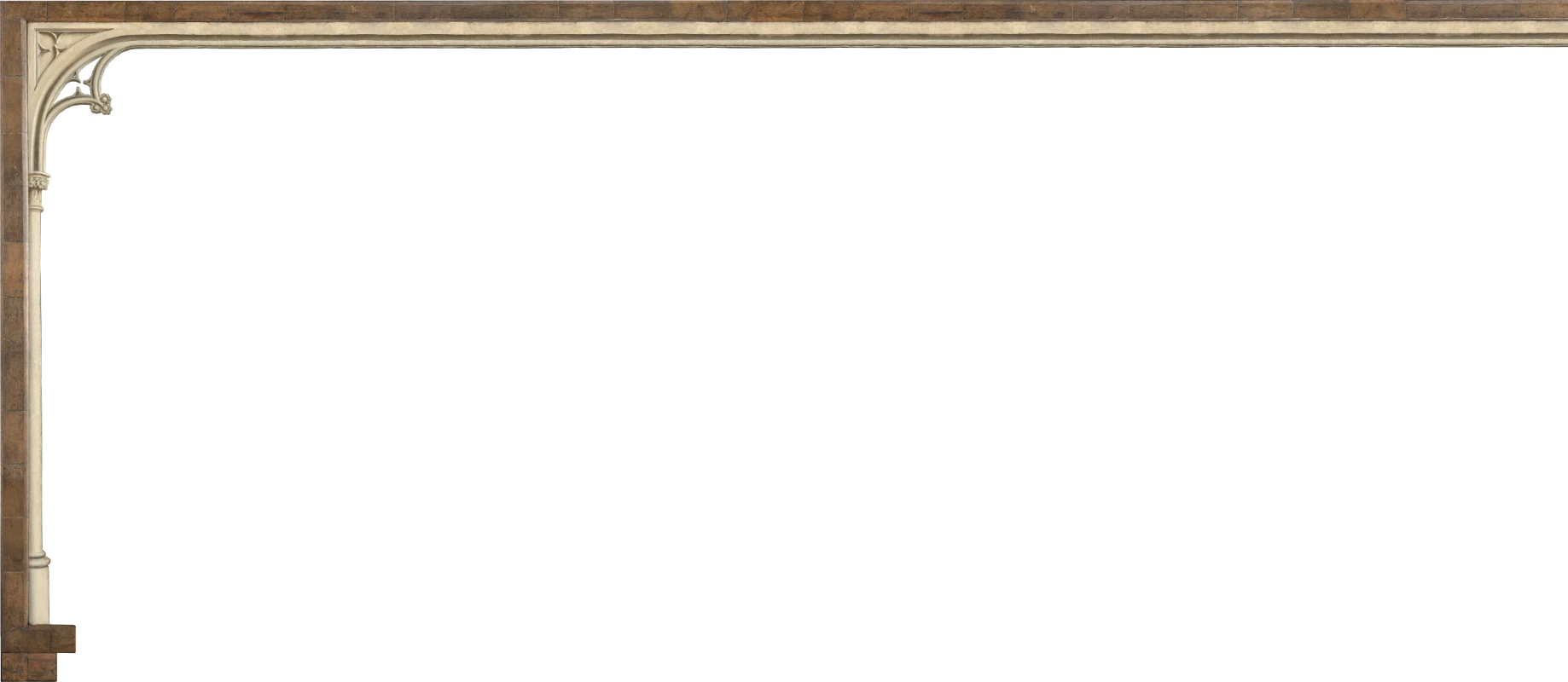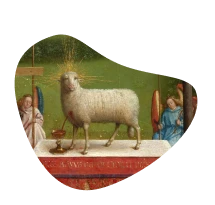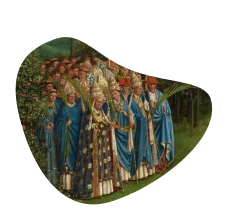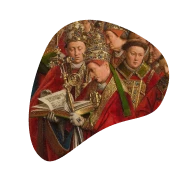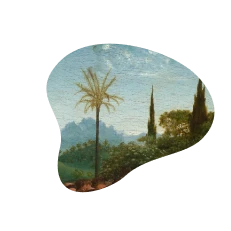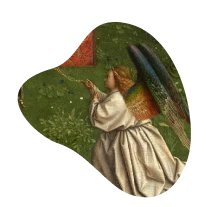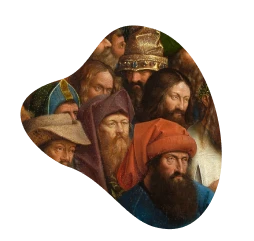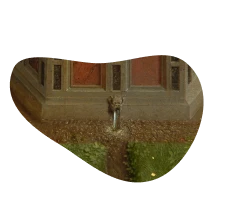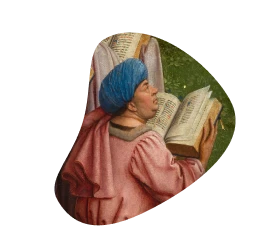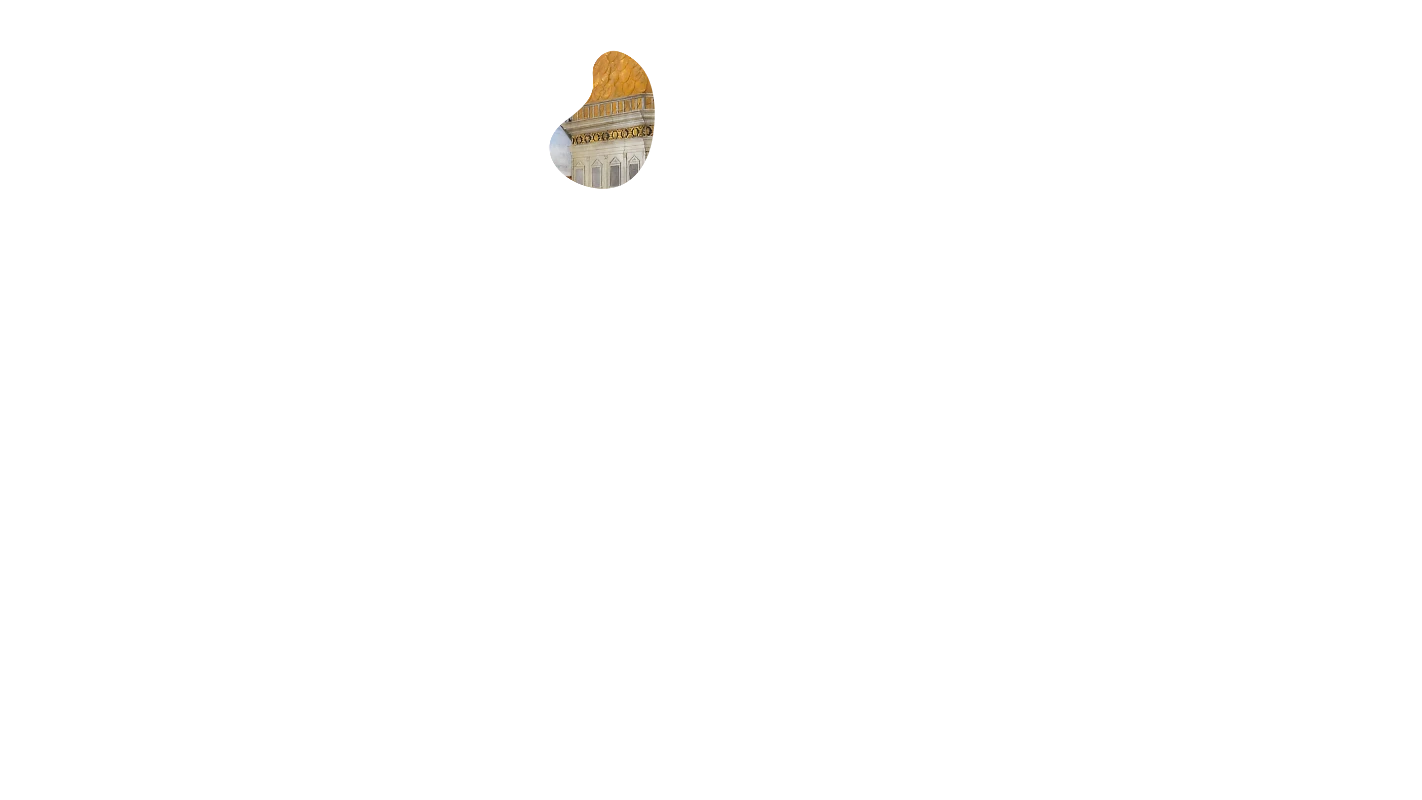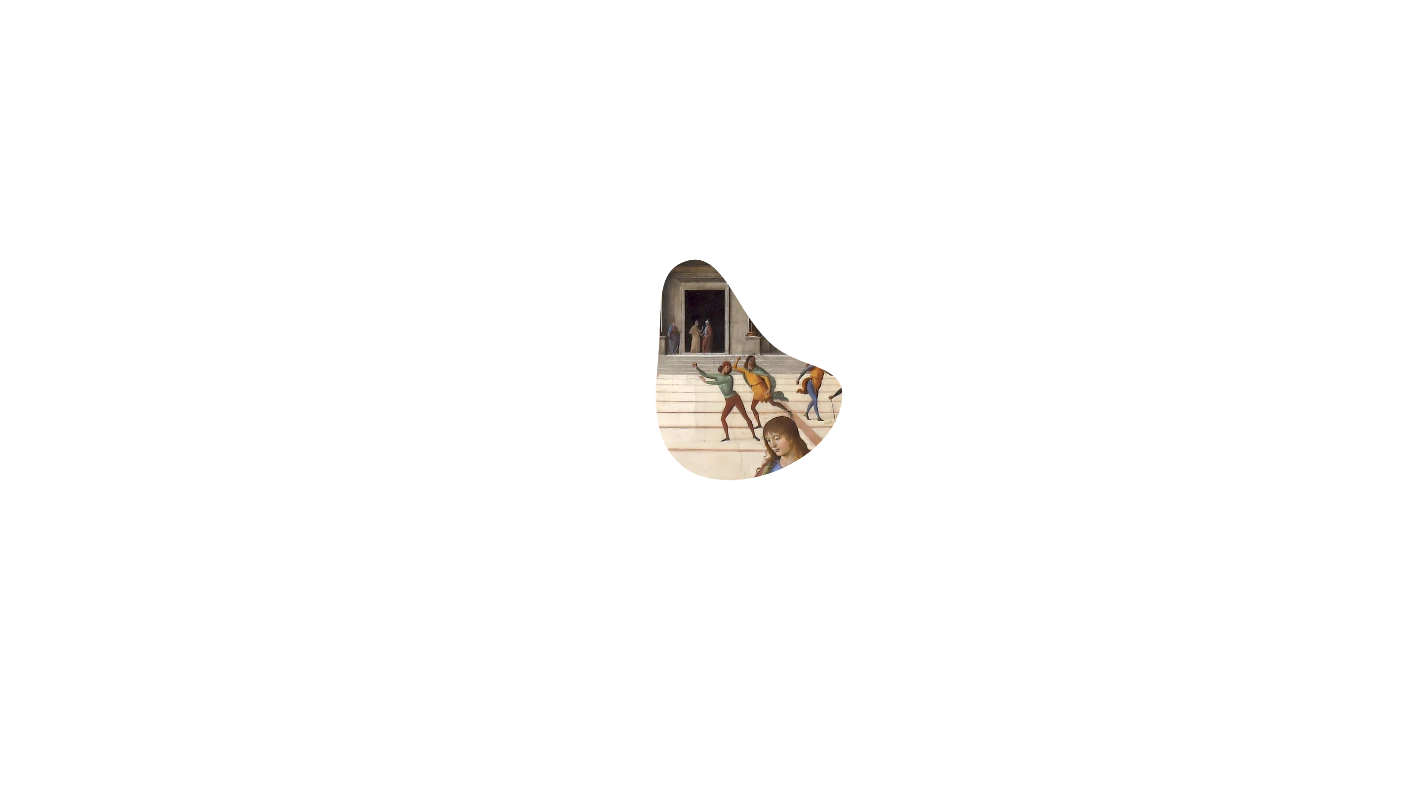Missa Sine nomine is one of only two masses by Josquin which are entirely based on canons, the other one being Missa Ad fugam. He wrote other single movements which are canons—the second Agnus Dei in his Missa L’homme armé super voces musicales is an especially complex example—but only here did he explore the possibilities as exhaustively as the idiom would allow. To write this kind of music may seem academic to the modern mind: who is interested in mathematical scaffolding which most people can’t hear? But Josquin was interested in it—as were many later composers, from Bach to Brahms to Webern—and it is clear that, like every composer of genius, Josquin relishes the challenge inherent in being tied down to a pattern.
Sine nomine, on of Josquin’s last mass setting before the great Missa Pange lingua, shows the fruits of his experience in mathematical writing like no other.
These two settings seem to stand at the extreme ends of Josquin’s career. Ad fugam, an early work, is the easier of the two to follow; Sine nomine, which may have been Josquin’s last mass setting before the great Missa Pange lingua, shows the fruits of his experience in mathematical writing like no other. Indeed, Ad fugam is so much more straightforward than Sine nomine that it is possible Josquin wrote the later work as a foil to the earlier, to show how much more he knew about handling this kind of composition by the end of his life.

This would have been more important to him than we may recognize now: every Flemish composer up to Josquin’ s time had proved himself with canonic writing, Johannes Ockeghem (c. 1420–1497) being a leading example. If it is true that Josquin learnt from Ockeghem, it is possible that he saved up this tour de force just to show he could rival his master. In fact, there does seem to be a personal note of this kind: at “Et incarnatus est” in the Credo of Sine nomine Josquin quotes from his own lament on the death of Ockeghem, Nymphes des bois.
Whereas in the earlier Ad fugam the canons are always between the top part and the third part down and always a fifth apart, in Sine nomine they are distributed all over the texture—any of the voices may take any other as its partner. And where one of the voices does not actually have the main melody, it may well join in through imitation. The opening Kyrie is a good example. It is written around a canon between the top and second parts (a fourth and fourteen bars apart), but before the second part enters—rather late in the writing—the third part has accompanied the top part with music very obviously related to the canonic melody. Eventually the bass enters doing the same thing.
Such subtlety of writing over the length of a whole mass would take a short book to do it justice.
The Christe and second Kyrie then go on to have their own canonic schemes. The Gloria begins with imitation between the top and second parts, which is a feint since neither of them has the canon in earnest, despite singing the opening notes of it. And so on: such subtlety of writing over the length of a whole mass would take a short book to do it justice.
© Peter Phillips / Gimell Records




